 |
Basel Salsa MarathonAug 18 2023 – Aug 20 2023
|
Gundeldinger FeldDornacherstrasse 192, Basel, Switzerland, 4053 DescriptionThe third edition of Salsa Marathon Basel offers 3 days filled with 38h of the finest Salsa music with national and international dj’s: Dmirti, Loic, Cycy, Luca P & Mamborado Cost Pass: CHF 135 |
Search Results for: Mambo
Latin music Festival in Germany August 2023
 |
Berlin Salsa MarathonAug 11 2023 – Aug 14 2023
https://www.berlinsalsamarathon.com/ https://www.facebook.com/photo/?fbid=1371329693007998&set=a.508891677907567 |
Gaststätte Tegeler- Seeterrassen RestaurantWilkestraße 1, Berlin, Germany, 13507 DescriptionBerlin Salsa Marathon offers 44 hours of social dancing with 250 Salsa addicts, All this over a single summer weekend, focused purely on social dancing (There’ll be no shows or workshops):
Cost Pass: € 129 |
Frankfurt Salsa MarathonAug 17 2023 – Aug 20 2023
https://www.edancefever.de/fsm-2023-1 |
EDanceFever HotelFrankfurter Strasse 121, Dreieich, Germany 63303 Description42th “SOCIAL DANCING“ Salsa-EVENT!! Be part of our first FRANKFURT SALSA MARATHON!! We are proud to present you our first edition at EDanceFever and cordially invite you to this spectacular 42-hour with Salsa Dura, Guaguanco, Son Montuno, Cha-Cha- Cha, Descargas, Guaracha and Pachanga will be played by a diverse, talented and famous group of DJs (Kamal SalsaDura, Medicus, Papi, Aimé & Michelle) in alternation. Our new oak parquet floor, new professional cocktail bar, as well as the new entire harmonious furnishings ensure an absolute feel-good atmosphere in our exclusive dance school. Cost From: 129 to 149 € |
|
Bailamos! Salsa Festival ChemnitzAug 18 2023 – Aug 20 2023
|
SubbotnikAddress: Vettersstraße 34a, Chemnitz, Germany, 09126 DescriptionBailamos! Salsa, Bachata, Kizomba und Tango Argentino and Salsa Festival Chemnitz offers workshops & parties. Cost Pass: from € 40 |
|
Berlin Salsa CongressAug 24 2023 – Aug 27 2023
|
Groundplan TempodromMockernstrabe 10, Berlin, Germany, 10963 DescriptionThe 22th edition of Berlin Salsa Congress offers workshops, performances and social dancing with national and international performers, instructors and dj’s. Cost Pass: from € 164 |
Israel “Cachao” Lopez Sobrado in fame and respect in the seventies was dedicated to maintain the tradition at the highest level
“Cachao Dos” for the year 1977.
It will be enough to mention the name of this celebrity to open a whole range of creativity and genius embodied in what is considered a cult discography.
Since 1931, the year in which he started musically as a member of the Havana Philharmonic Orchestra, the precocious Israel would give a foretaste of the talent he had and that, as time went by, would be consummated hand in hand with his right-hand man and musical accomplice, Orestes “Macho” López, his older brother.
Certainly, music was impregnated in the DNA of the López family, a generating machine of musicians by tradition, something that Lázara Cachao, Israel’s niece and daughter of his deceased younger brother Orlando “Cachaito” Lopez, reaffirms: “The tradition of being musicians comes from the grandparents and great-great-grandparents, all the Cachao are musicians”.
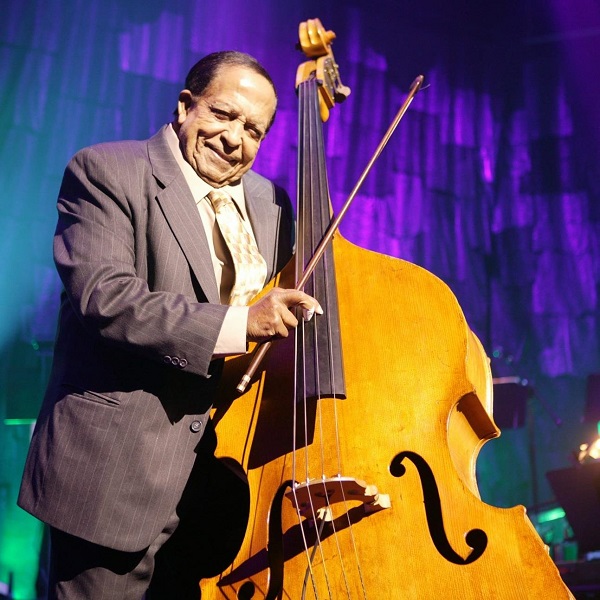
Regarding his transcendence, he and his older brother Orestes are said to be the creators of the Mambo, a rhythmic variation of the Danzón and a genuine musical expression that would mark a before and after in Latin music.
However, and as it is known, this contribution would change its clothing and would reach worldwide popularity when it reached the hands of another “inventor” born in Matanzas, Cuba, named Dámaso Pérez Prado, who as it is known, gave it another treatment and musical twist reaching surprising popularity.
“Cachao”, after a 31-year stay with the Havana Philharmonic Orchestra, decided to leave Cuba, settling for many years in New York City.
As it is understandable, his presence in this city was more than important for the musical guild and music fans.
He was nothing less than one of the managers and protagonist of the famous Jam Sessions recorded by the Panart whose presence was capitalized among many others by Tito Puente, Tito Rodríguez and Eddie Palmieri.
From the first one we could say, a whole school, a musician with a deep knowledge of his double bass and creator of his own style, bow in hand, and as a prolific composer, with approximately three thousand compositions together with his brother “Macho” López.
The years in New York were musically very good for Israel Lopez as well as in Las Vegas and finally Miami, where he lived until his last days.
Making a discography of him is quite a task and a challenge. However, after his arrival, I remember with great pleasure his collaboration for the album Latin Explosion by Joe Cain and his orchestra in 1964, where among others, Listen dos Trompetas and Mungo, Mungo Baby stand out.
Esta es mi Orquesta, theme/performance of Tito Rodriguez’s musicians emulating what Stan Kent and his Big Band did, or those performances as special guest in the famous Descargas at The Village Gate Live and Tico All Stars, among many others.
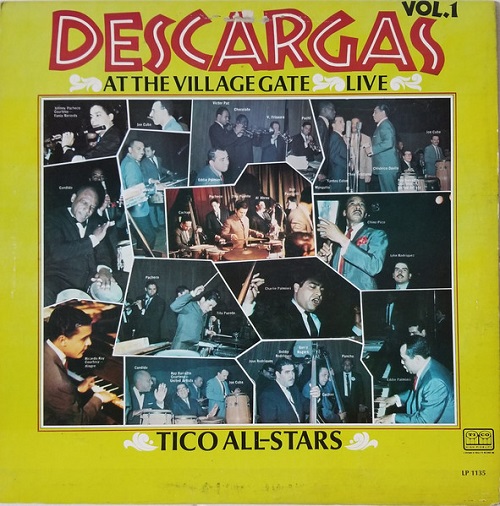
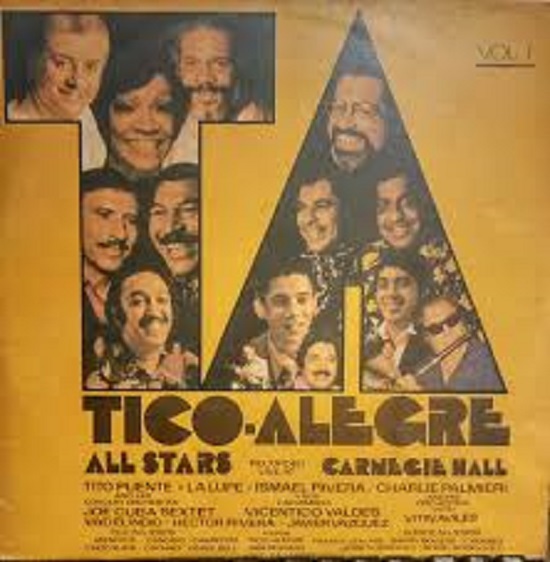
In the seventies, Cachao, with his fame and respect, dedicated himself to maintain the tradition at a supreme level, and from that period, punctually 1977, Cachao will present two epic works, the first one entitled Cachao y su Descarga Vol. 1 and then Cachao Dos, both recorded for Salsoul Records under the production of René López and Andy Kaufman.
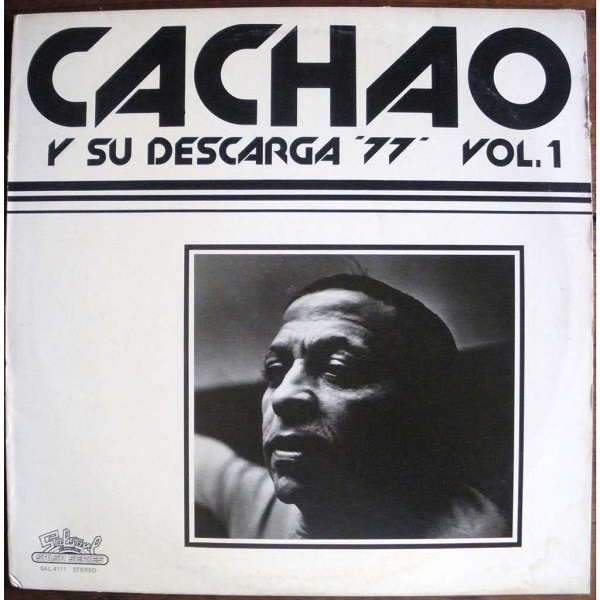
The latter contains only a total of five tracks, but they are well fulfilled in their purpose of maintaining a fierce defense of the rhythms that Gran Cachao has been proclaiming for years.
This album, like everything else recorded by the double bass player, is genuine and of supreme quality, something that is due to Israel’s responsible and dynamic character, something that the leader Julio Castro can attest to, having not only known him personally but also having worked with his orchestra La Única, which arrived in NYC for a prolonged stay of a little more than half a year.
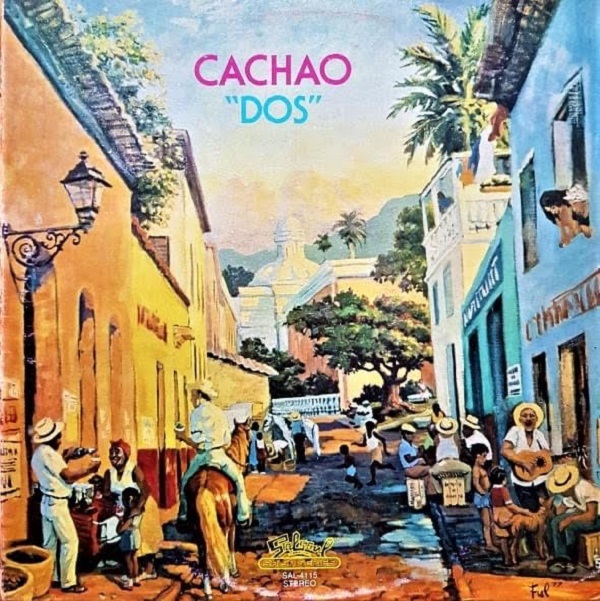
Repertory
Ko Wo Ko Wo: (Guiro): Julito Collazo
Israel “Cachao” López: Contrabajo
Julito Collazo: Vocal, Chekere, Conga
Mario Muñoz “Papaito”: Campana
Diane Cardona: Coro
Marcelino Guerra: Coro
Héctor “El flaco” Hernández: Coro
Zunny López: Coro
Frankie Rodríguez: Coro
Fela Wiles: Coro
Jóvenes del Ritmo: (Danzón): Israel López
Israel “Cachao” López: Contrabajo
Julián Cabrera: Congas
Gonzalo Fernández: Flauta de Madera
Oswaldo “Chihuahua” Martínez: Timbales
Charlie Palmieri: Piano
Rolando Valdés: Guiro
Cuerdas:
“Pupi” Legarreta: Violín
Alfredo de la Fe: Violín
Eddie Drenon: Violín
Yoko Matsuo: Violín
Carl Héctor: Violín
Patricia Dixon: Cello
Centro San Agustín: (Danzón-Cha): Israel López
Israel “Cachao” López: Contrabajo
Carlos “Patato” Valdés: Congas
Gonzalo Fernández: Flauta de Madera
Lino Frío: Piano
Rolando Valdés: Guiro
Nelson González: Tres
Mario Muñoz “Papaito”: Percusión
Alejandro “El negro” Vivar: Trompeta
Alfredo “Chocolate” Armenteros: Trompeta
Rafael “Felo” Barrios: Coro
Roberto Torres: Coro
Trombón Melancólico: (Descarga): Israel López
Israel “Cachao” López: Contrabajo
Manny Oquendo: Timbales
Charlie Palmieri: Piano
Barry Rogers: Trombón
José Rodríguez: Trombón
Andy González: Campana
Frankie Rodríguez: Percusión
Gene Golden: Percusión
Milton Cardona: Percusión
Rafael “Felo” Barrios: Coro
Roberto Torres: Coro
Chambelona (Popurrí de Congas): Neri Cabrera
Israel “Cachao” López: Contrabajo
Julito Collazo: Bombo
Lino Frías: Piano
Mario “Papaito” Muñoz: Percusión
Oswaldo “Chihuahua” Martínez: Percusión
Virgilio Martí: Percusión
Eugenio “Totico” Arango: Coro
Rafael “Felo” Barrios: Coro
Read Also: Carlos “Patato” Valdés one of the best percussionists in the history of Latin Jazz
La Candela Salsa Orchestra
Europe / Spain / Tenerife
La Candela Salsa Orchestra
The band is made up of eight musicians settled in Tenerife Canary Islands
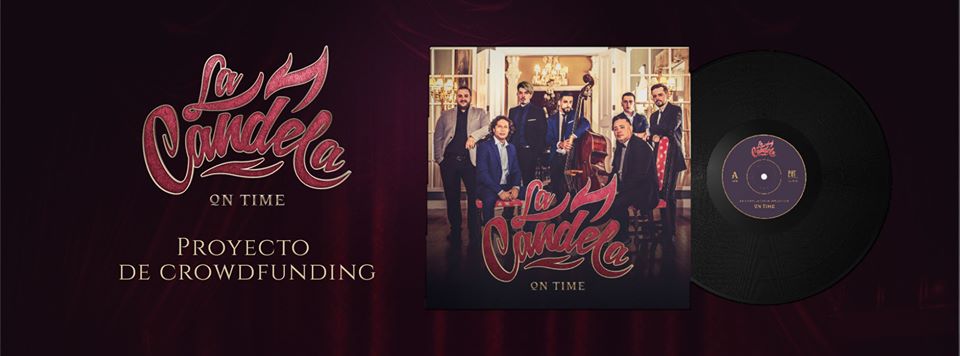
La Candela is a small independent orchestra that in recent years has made a place for itself among the preferences of salsa dancers.
Her proposal is aimed at “hooking” the dancer with the original rhythms of salsa such as son montuno, guaguancó, mambo or chachachá, recovering the sound of the era in which what is known today as Salsa was forged.
The band is made up of eight musicians based in Tenerife (Canary Islands).
Its target audience is the salsa dancer on1 & on2, a great consumer of this type of music.
However, they have also conquered the hearts of the salsa music lovers who are staunch consumers of hard sauce.
The live La Candela show is a roller coaster of sensations that aims to spread joy and good vibes with a varied repertoire in terms of the danceable rhythms that are included within the salsa genre.
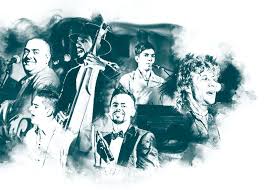
With him they have been presented in Spain and in other European countries such as Germany or Switzerland throughout these five years of activity.
La Candela’s style is inspired by the repertoire and execution style of the master Joe Cuba and his Sextet.
They have brought back to life some of their best classic songs that are still a reference for the dancer today.
With this spirit, her first musical project was born: On Fire, which was released in November 2015 and was a very good business card.
The album includes some classic songs by maestro Joe Cuba, such as “La Palomilla”, “Clave Mambo” or “El Ritmo de Joe Cuba”, along with self-written songs such as our first two singles, entitled “Es Guaguancó” and “For her”.
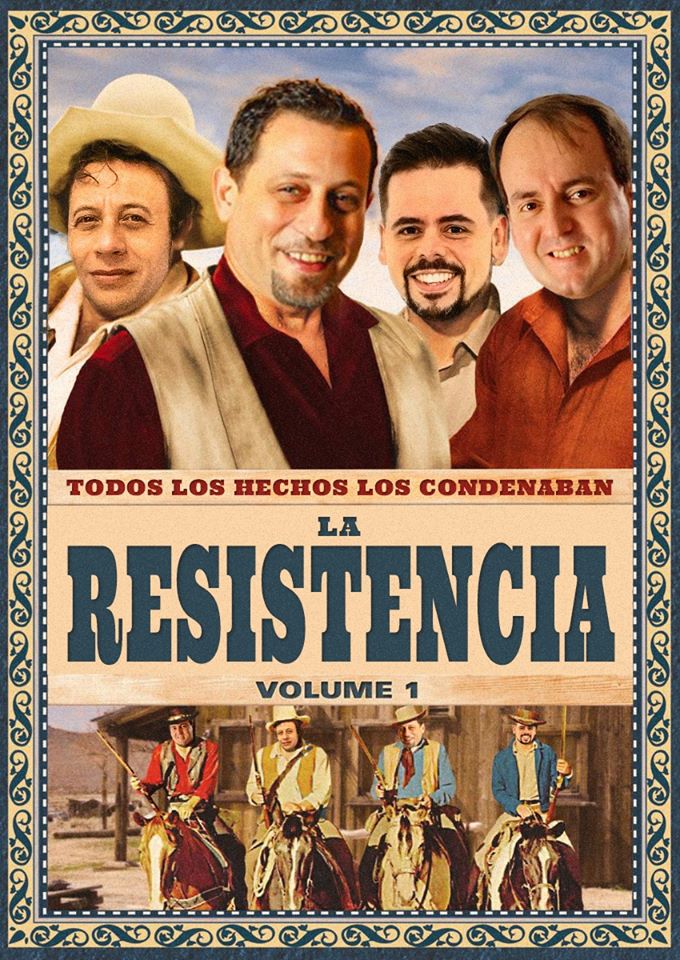
In 2017 and thanks to the executive production of Batlei Productions, a new project by La Candela was born with a closer sound and with many new features, without leaving behind our essence, headed by the first single titled “Se Prentó”, On Time moves between the primitive and the new, rescuing jewels and offering deserved tributes to some of the great pioneers of Afro-Cuban danceable music, like Tito Rodríguez or Frank Grillo “Machito”.
They are currently preparing what will be their third studio album with a new line-up of Musicians
We are also in the process of reserving the album “On Time” with a crowdfounding project, in which 300 LPs of this production have been put on sale in a limited edition: https://qrates.com/projects/20837- on-time In addition, we have launched a merchandising store where you can find all kinds of products with the unmistakable seal of La Candela Salsa Orchestra: https://lacandelasalsa.threadless.com/
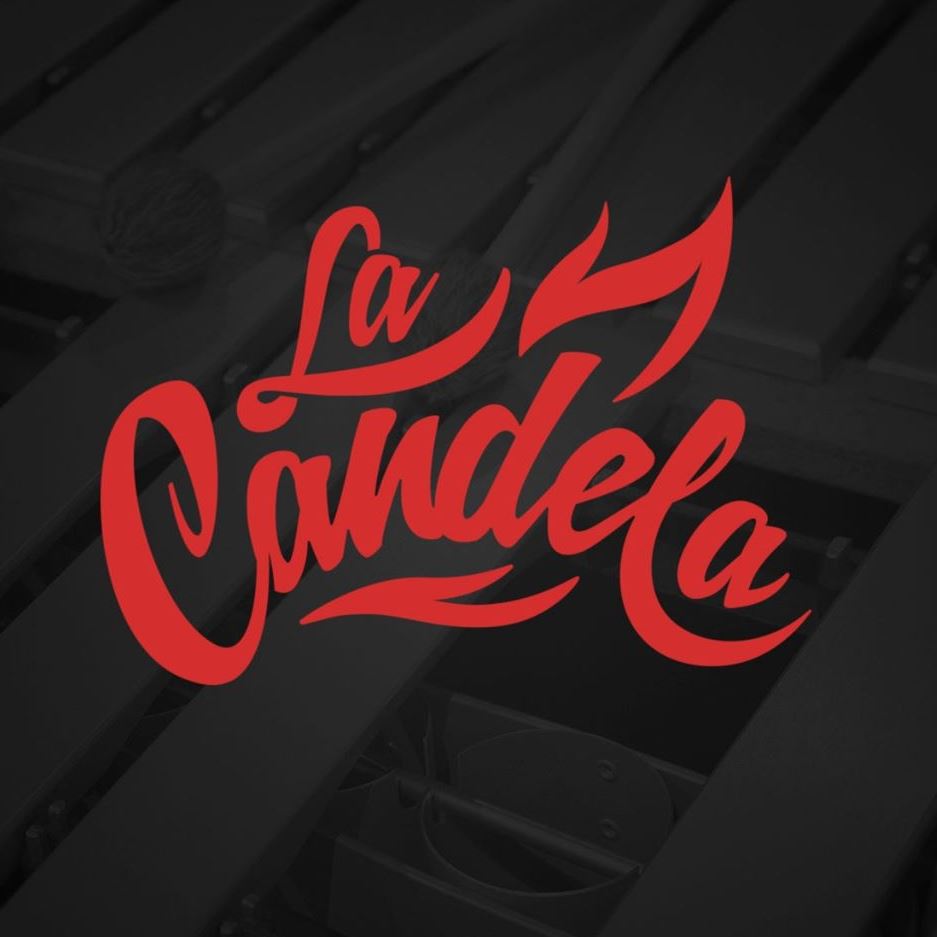
- Video clip of “Sin Ti”: https://youtu.be/WkV2hvCeXhE
- Switzerland summary video: https://youtu.be/whUDfAx0Fwc
- Benidorm video summary: https://youtu.be/j3puMxehsQk
- Website: http://lacandelasalsa.com
- Facebook: https://www.facebook.com/lacandelasalsa
- Instagram: http://instagram.com/lacandelasalsa
Arturo “Chico” O’farrill
North America / United States / New York
Arturo “Chico” O’farrill “The Afro-Cuban Jazz Architect”
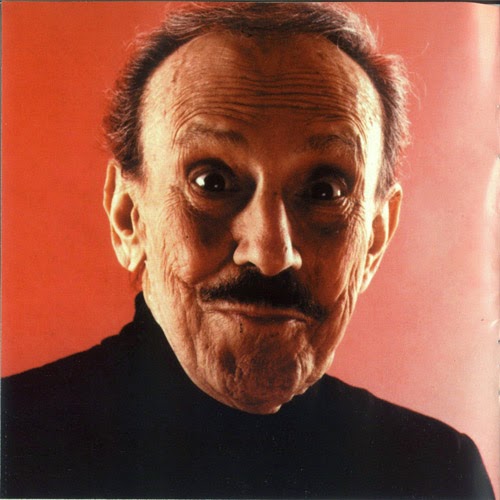
Arturo O’Farrill or better known as “Chico” O’Farrill was born in Havana (Cuba) on October 28, 1921. He was the son of a recognized Jewish family whose father was an eminent lawyer whom one day decided to immigrate to the United States. Arturo undertook his studies at the Riverside Military School in Gainesville, Georgia (interned by his father).
He began to love the jazz orchestras (big bands) and within that environment he fed musically, listening to recordings of Benny Goodman, Artie Shaw, Glenn Miller, and Tommy Dorsey, so much, that in a brief time he learned to plays the trumpet and became the trumpet player of the military band as well as the several dance groups.
Years later, Chico returned to Cuba. He studied law and at the same time developed his facet as a composer, receiving a composition and harmony study with the master, Félix Guerrero. Likewise, he was also Armando Romeu Bellamar Orchestra’s member and the Isidro Pérez Orchestra, when the Son and the Mambo prevailed in the Latin music.
TRAJECTORY
From 1943 to 1947 “The Afro-Cuban Jazz Architect” worked at the cabaret Montmartre. He was a member of Bellamar Orchestra, directed by Armando Romeu and integrated by Luis and Pucho Escalante, Gustavo Mas and Mario Romeu, among others. He traveled to Mexico and Europe as a trumpeter musician as well as he created the band, Los Raqueteros del Swing, being the director and trumpet.
Subsequently, he founded Los Beboppers (the first group of Cuban bop), which was presented at the Saratoga Hotel with Chico again as the director and the trumpet.
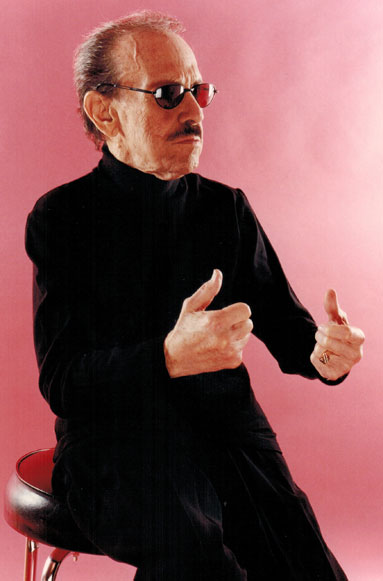
In the ‘50s decade began the successes for Chico as an arranger, working briefly for several orchestra directors, such as Gil Fuller, Noro Morales, Frank “Machito” Grillo, and Benny Goodman.
In the same way, he composed his first great masterpiece “Afro-Cuban Jazz Suite” in five movements: Song, Mambo, 6/8, Jazz and Rumba Open. This masterpiece was made and recorded for the businessman Norman Granz’s label, using the Machito’s Orchestra as an accompanist and rhythmic base.
“Afro-Cuban Jazz Suite”, according to Luc Delannoy: “begins and ends with a hypnotic flute and conga duo that reflects the essence of Cuban treatment; the union of musical universes: the European (the flute) and the African (the conga).
To these two instruments is joined the oboe, followed by the trumpets, saxophones and the “Tumbao” of the double bass… After a return to swing and bebop in the fourth movement, Chico takes us to the origins of Latin jazz with a melody of clear Arabic accents, before sinking back into the universe of Afro-Cuban percussions”. Likewise, for Benny Carter, this Suite was: “The reason for the coherence of the rhythmic parts and their relationships with the solos that have their own life and independence, Masterpiece of a genius.”
In New York and following the success of “Afro Cuban Jazz Suite”, O’Farrill writes “Cuban Fantasy” for Stan Kenton, who later changes its name to “Cuban Episode”.
In 1953 he traveled to California, where he founded his orchestra that included renowned musicians such as Mario Bauzá, Doug Mettome, Jimmy Nottingham, Eddie Bert, Fred Zito, Lenny Hambro, Flip Phillips, and saxophonist Eddie Wasserman. The orchestra used the rhythm section of the Machito’s Afro-Cuban, harp and oboe. With this concept he recorded for Norman Granz, performed in Birdland (New York), and the Hat Ballroom located in Los Angeles. In this period he composed three new movements: “La Jungla”, “Contraste”, and “Rhumba Finale”, baptized as “Manteca Suite” recorded with the Jazz player Dizzy Gillespie and orchestra of 21 excellent musicians in 1954.

He returns to Cuba again in 1956 to be inspired and immediately began working for the best record companies on the island such as Panart and RCA Víctor, recording “Chico’s Cha-Cha-Cha”, adapting the Charanga rhythm to the big band format. This album is released, one more time, on compact disc by BMG during the last decade of the twentieth century. Chico also made a recording for the popular D’Aida Quartet and arrangements for Bola de Nieve and the famous Orchestra Director, Aldemaro Romero.
In 1958 the restless O’Farrill moved for Mexico, an essential platform for all Latin American musicians at that time. There he returned to create another special sound and appears on television as musical director of the Andy Russell singer, and there his life changed radically. He started a semi-retirement period, but never stopped creating music. At that moment, he composed his famous “Azteca Suite” for trumpeter Art Farmer, and he made history again!
In the 60s he returned to New York and makes arrangements for such important figures as La Lupe (They Call Me La Lupe); Cal Tjader (Along Comes Cal); Clark Terry (Spanish Rice); Count Basie (High Voltage); Gato Barbieri (Chapter Three: Viva Emiliano Zapata); Ringo Starr (Night and Day) and dabbled in the Rock music with David Bowie (I Know It’s Gonna Happen, Looking for Lester), and finally he was director of the Aldemaro Romero´s Orchestra.
This stage extends until the end of the 20th century, although already in the 70s, the big bands go down in history for several genres that would be manifested due to their novelty and immense popularity in the United States and around the world. The architects of the new fashion used new techniques, styles, and sounds, especially in the field of harmonization. Suddenly popular music stopped being exclusively for the ballroom and -of course- “new sound” icons appeared in the Jazz Music. For this reason, Chico O’Farrill begins working in the lucrative field of music for television commercials.

In the mid-1990s, “The Afro-Cuban Jazz Architect” was contacted by American producer and Jazz director Todd Barkan with Pure Emotion, a compiled of his musical career with which he got a nomination for the 37th edition of the Grammy awards.
O’Farrill toured Europe with his orchestra in 1996 and recorded his latest album titled “Heart Of A Legend”, which contains 14 tracks, a formidable orchestra of 18 masters and a staff of international artists. The arrangements of “Heart Of A Legend”, considered for many as the best album of his career, took care by himself and the musical direction was entrusted to his son, Arturo O’Farrill Jr., a formidable pianist and heir of his legacy.
Arturo “Chico” O’farrill died on June 29, 2001, in New York City at 80 years.
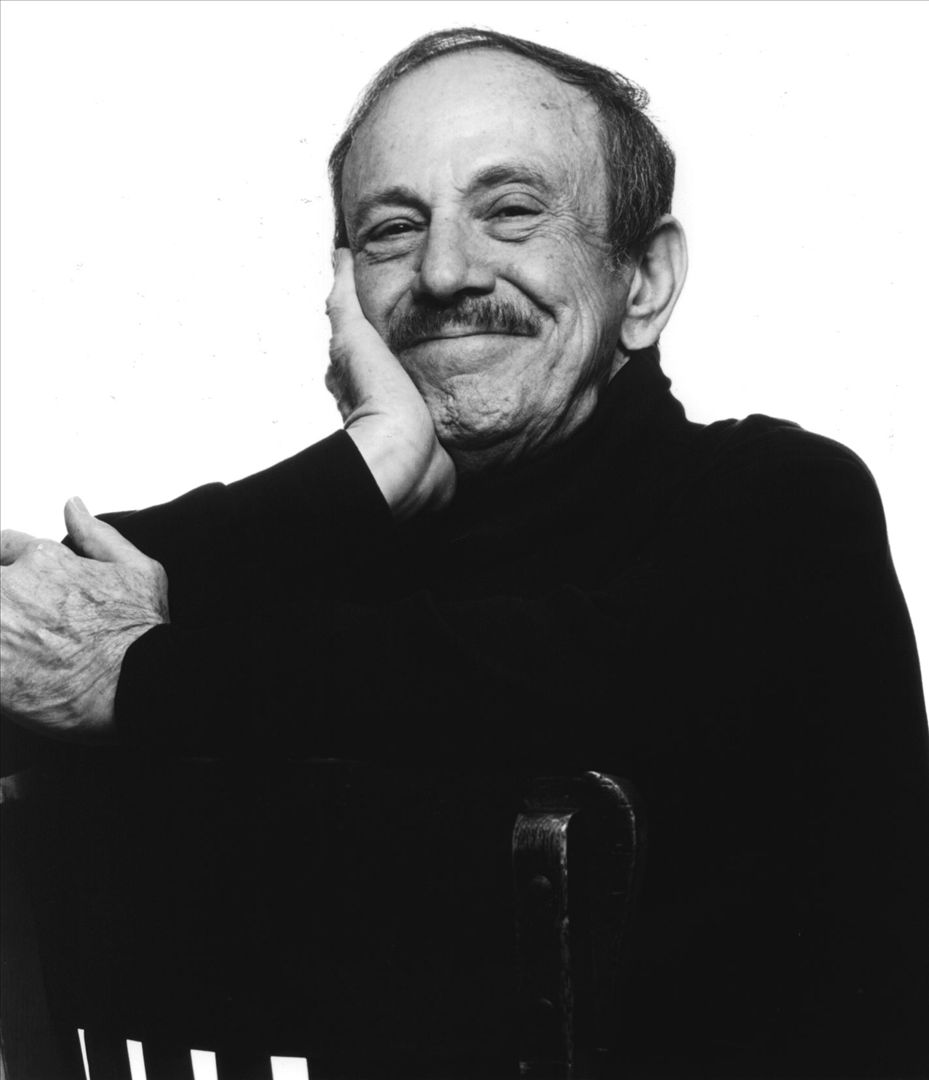
Undeniably, Chico for more than half a century was a great musical creator. He was at the forefront of an innovative style that many know as Latin Jazz nowadays, which was called at the beginning with many names, such as Cuban bop, Mambo Jazz and Afro-Cuban Jazz.
Our dear “AFRO-CUBAN JAZZ ARCHITECT” Until forever!
In memory of 18 years of his passing!
Balazo de Norteamérica:
Arturo “Chico” O’Farrill
“The Afro-Cuban Jazz Architect”
In memory of 18 years of his passing!




